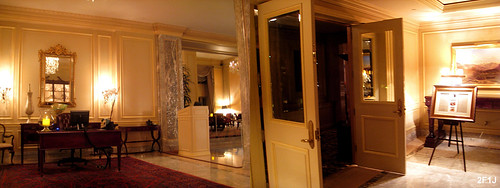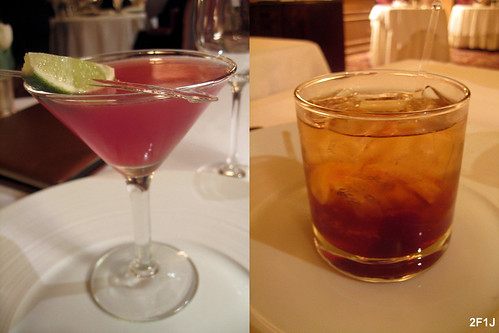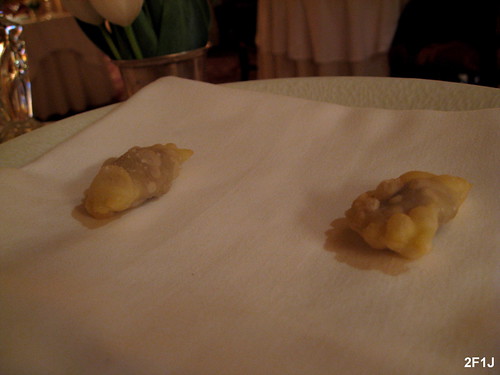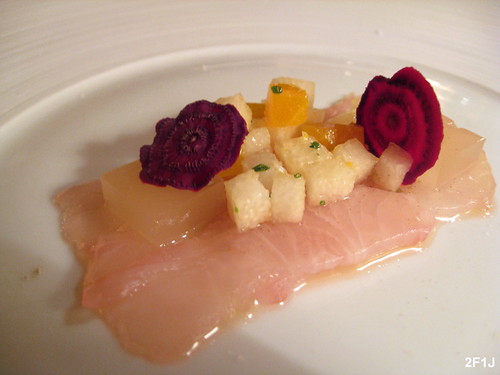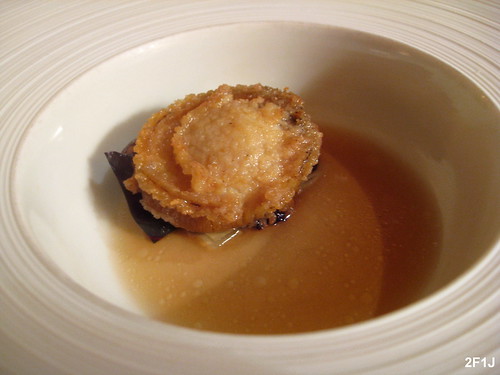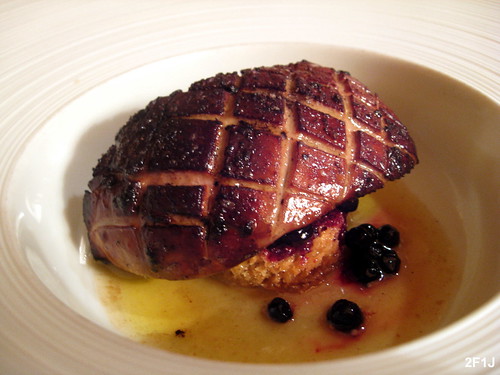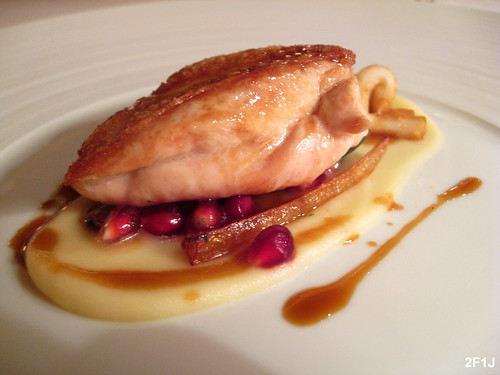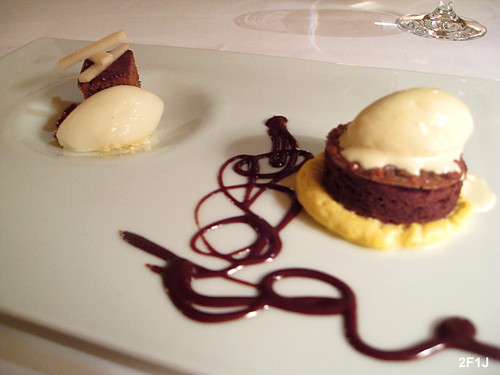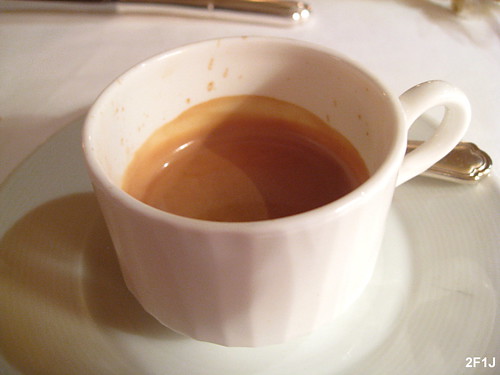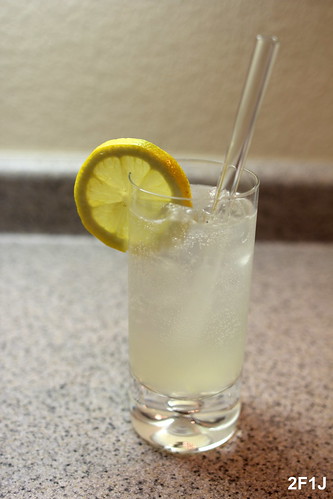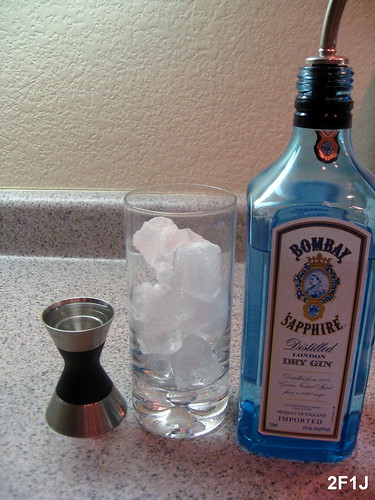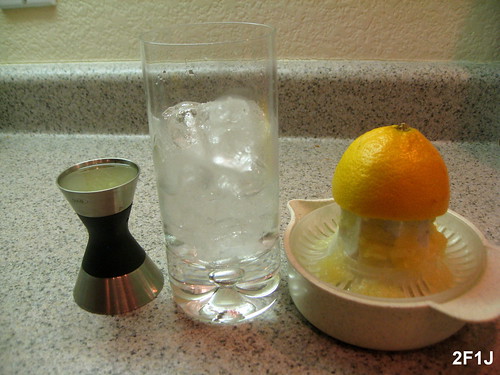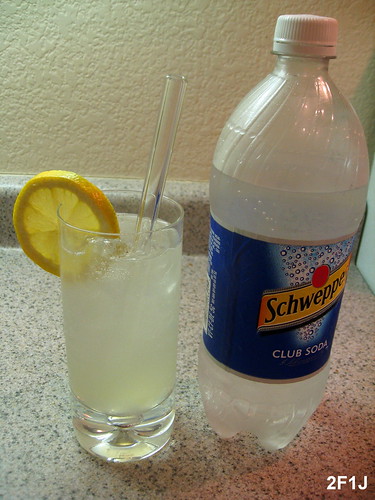Travel time – the best time to indulge in one of our favorite hobbies. There is hardly any day when we don’t talk about our next potential trip, and for us arranging and planning a journey is already part of the fun. First we will have long discussions where we should go next going back and forth between new destinations we haven’t visited before and revisiting places we liked a lot but never feel we have visited extensively enough. Once we decide on a place the next question circles around how we will get there – driving/flying directly or should we travel slowly with several stopovers to get to know even more locations. But the most extensive planning is always around the time at the destination itself. Starting with finding the best hotels and reading many travel review pages the most time is spent on finding the most unique points of interest and best places to eat.
There are many different ways to explore the culinary scene of any city – starting from discussion boards as Chowhound and eGullet, local newspapers to the numerous food blogs every part of the world seems to have by now. And so it is rather easy to come up with a very long list of interesting restaurants covering a wide range of cuisines for every city, but the hard part is to decide how to prioritize this list to make a final decision on the restaurants. As much as we like to explore new places there are a few cities we visit quite regularly – Los Angeles and Las Vegas are fairly close to San Diego and we go to them, especially Los Angeles, many times every year. One city which isn’t as close by but we really started to enjoy the moment we visited it for the first time several years ago is San Francisco. Over the years we kind of lost our heart to San Francisco and hope to live there at one time but until then we try to visit the city at least once a year. There are many attractive features about San Francisco far beyond just food but the vast culinary scene of the city has always attracted us and makes the selection of the restaurants for each visit fun and painful at the same time. We always try to find the right balance between the many different ethnic restaurants often with unique regional places, e.g. diverse Italian restaurants from different regions, old-established places, like Chez Panisse and high-end places with unique tasting menus. On one of our last trips we were contemplating a number of places with more conventional tasting menus to add to our mix of restaurants for that particular trip. Some of the restaurants we were considering were Gary Danko, Campton Place or Murray Circle but in the end we decided to go for the 9-course tasting menu at the Dining Room at the Ritz Carlton.
One of the aspects which attracted us to the Dining Room at the Ritz Carlton was its chef Ron Siegel. He has a quite interesting and impressive background with many diverse influences throughout his career covering several well known and influential mentors. Born in New York he moved as a child to San Francisco and started to work as a butcher at John’s Town and Country Market in Palo Alto when he was 16. During the next several years he worked at several different jobs outside of the culinary world like construction and maintenance but finally decided to focus on his culinary passion and enrolled at the California Culinary Academy. In 1991 he found his first mentor with George Morrone, opening chef of Aqua, and worked under him for two years as a line cook. Morrone was also responsible for helping Siegel to find a position at Daniel in New York under the guidance Chef Daniel Boulud. It was here that he met one of his key mentors with Thomas Keller who was in the process of opening the French Laundry and hired Chef Siegel as the opening sous chef. The successful start of the French Laundry facilitated his first position as executive chef at Charles Nob Hill focusing on the fusion of French and California cuisine. After five years he moved to Masa’s in San Francisco as the executive chef before in 2004 he took over the Dining Room at the Ritz-Carlton. Throughout his career Chef Siegel had a strong foundation from French cuisine which he combined with different other influences. Perhaps the most unusual one, Japanese, came through the one event which made him famous far beyond the close circle of foodies – becoming the first US chef in 1998 winning Iron Chef Japan in a battle using lobster against Iron Chef Hiroyuki Sakai. All these features combined let us hope to be in for an exciting and unusual tasting menu at the Dining Room.
The restaurant is located inside the Ritz-Carlton Hotel in San Francisco which opened 20 years ago but is located in a more than a century old building. The hallways inside the hotel towards the restaurant are fittingly decorated to match the history of the landmark building.
The interior of the restaurant continues the theme from outside and looks very much like a restaurant from the 50s or 60s with very old fashioned décor. Once we entered the restaurant we significantly lowered the average age of the guests...
Even our seats had covers which we had last seen in one of the old movies. Overall we weren’t expecting that the Ritz-Carlton and its restaurant would be outfitted overly modern but were still surprised how old fashioned and partly also worn everything looked.
Pomegranate Martini and Old Fashioned
As always we wanted to start the night with some cocktails but that caught the restaurant a bit by surprise as they didn’t even have a cocktail menu/list but were willing to mix us something. The pomegranate juice gave the martini a good balance between sweetness and some sourness. The old fashioned was one of the better versions we had in quite some time. This cocktail often tends to be unbalanced either focusing too much on the interplay of sugar and bitters or the bourbon. In this version all three components could easily be tasted but at the same time worked perfectly together to be a true cocktail where the sum is greater than its parts.
Amuse Bouche 1: Pastry, white bean paste
Somehow this amuse bouche appeared like a reminiscence to the famed Gougères at French Laundry but with a nod to Asian influence due to the white bean paste - a simple but nice start to the tasting menu.
Amuse Bouche 2: Nantucket scallops, shaved fennel
Good interplay between the raw anise-flavored fennel and the sweetness of the scallops. The fennel also had a nice textural contrast to the soft scallops.
Amuse Bouche 3: Poached quail egg, prosciutto, white truffle, brioche
Classical breakfast pairing of runny egg with some prosciutto and white truffle shavings. Lightly toasted brioche sticks to soak up the white truffle infused egg yolk – unfortunately the egg yolk was completely set and not runny so that a key component of the dish was missing. It was quite disappointing that a kitchen on that level had problems to serve a poached egg.
1st Course: Sashimi of Kampachi, yuzu gelee, asian pear marinade
This dish clearly showed the Japanese influences from Chef Siegel. Flawless Hawaiian yellowtail with its mild flavor and buttery, tender texture was paired with the delicate sweetness of the Asian pear and the unmistakable complex citrus and floral flavor of yuzu. A dish you could also find in a better sushi place.
2nd Course: Abalone, shiitake mushrooms, chard, dashi broth
Abalone harvest season in California has very tight regulations due to the dwindling population over a long time and so you don’t see it often on restaurant menus. Abalone had a mild slightly sweet flavor with a not overly rubbery texture. The dashi broth enhanced the maritime flavor of the dish whereas we hoped to get some bitterness from the chard but it was hardly noticeable and didn’t add much to the dish which appeared a bit one-dimensional.
3rd Course: Black cod, elephant garlic, shortrib ravioli, watermelon radish
Pairing braised meats with fish is getting more and more common in recent times and to avoid that the braised shortribs overpower the delicate black cod Chef Siegel tamed the braised meat by using it as a filling for the ravioli. The pasta acts as a buffer between the flavors of the meat and fish and allows both of them to shine. The elephant garlic added a very mild garlic flavor to the dish whereas the braised watermelon radish just offered some texture to the dish.
4th Course: Lobster, marina di chiogga squash puree, sunchoke chips, red wine shallots
The tender lobster and the squash puree paired nicely but both ingredients have naturally a sweet component which rendered this dish on the overly sweet side. The shallots brought some welcomed slight bitterness but overall the dish was missing some balance.
5th Course: Hot foie gras, huckleberries, brioche, rome apple juice with longpepper
A large piece of foie gras with the wonderful buttery and livery flavor one expects, expertly prepared with a slight smokey, crunchy exterior. The sides covered the well known spectrum of sweet ingredients to counteract the richness of foie gras but stayed only within established culinary boundaries. More and more chefs try, especially in tasting menus, to present unusual pairings of ingredients to explore new culinary areas. We wished that Chef Siegel would have tried something more unusual here otherwise this dish felt like a foie gras dish we had in many tasting menus before.
6th Course: Quail, salsify, pomegranate, matsutake, Madera sauce
One of the dishes were we saw some attempts to bridge French and Japanese flavors. Quail and salsify with the Madera sauce were classical French cuisine whereas the matsutake mushroom, even though often picked at the US West coast, is strongly associated with Japanese cooking. The strong, meaty matsutake flavor went well with the quail and the pomegranate seeds added a nice tartness and some texture. Overall one of the stronger dishes of the night.
7th Course: Beef ribeye, celery root, porcini mushrooms, sancho pepper reduction
Another dish which was very well executed on a technical level with perfectly medium rare and tender ribeye but paired, here with porcini mushrooms, celery root, potatoes, as we have seen it many times before. The sancho pepper reduction didn’t really add much to the dish and so it felt like a déjà vu with prior tasting menus.
8th Course: Cheese selection, bread, condiments
Normally we expect in such high-end restaurants that it is possible to select a few cheeses from a cheese cart. Unfortunately here at the Dining Room no cheese cart was to be seen and the selection was made for us. The bread was just regular baguette with the condiments just a few slices of apple and some almonds – one of the more disappointing cheese courses.
Intermezzo: Persimmon sorbet, carrot granite
Refreshing and unusual combination between persimmon and carrot with the vegetable providing the sweet component whereas the fruit added some tartness. A surprising palate cleanser which we wished to be much larger.
9th Course: Chocolate-layered cake, vanilla ice cream, pineapple puree, gingerbread cake, pear sorbet, caramel sauce
Dessert came with two variations of cake - both of them moist and not too heavy but also not too far from the expected norm. The dessert was lightened up by some fruit sorbet and puree but overall followed the theme of the savory courses – well made on a technical level but it felt like we had the same course in many tasting menus before.
We finished the tasting menu with an espresso
Mignardises:
As much as we had hoped for a cheese cart we were surprised about the large selection on the mignardises cart and were able to taste a large selection of their very good sweets.
Ritz-Carlton hotels are not really known as edgy, modern places but once we entered the hotel we were surprised how old-fashioned everything looked and started wondering how much the Dining Room would fit in. Part of the fascination of every great restaurant is not only the cuisine and service but also the ambience which should form a coherent unit with the philosophy of the chef. Chef Siegel’s reputation was letting us to expect a tasting menu anchored in French cuisine but with modern interpretations, often including Japanese influences, and brimming with creativity. The technical execution of many dishes revealed indeed the strong French cuisine background of Chef Siegel and was mostly on a high level, perhaps with the major exception of the failed poached egg. But what we were completely missing were the creativity and surprises one expects from tasting menus at this level. There were sometimes sprinkles of Japanese influences by the use of some Japanese ingredients but mostly the dishes had either a clear French or Japanese background without many efforts to create any new directions. But even the many dishes with French influences were staying very close to the expected norm without any surprises. There was hardly any dish throughout the tasting menu were we didn’t comment how they reminded us of dishes we had eaten at other occasions before, everything felt like repeats. It speaks volume that the two things we remember most from this dinner were the intermezzo, with its unusual and successful combination of persimmon and carrot, and the huge mignardises cart – both are normally only a side notes of a tasting menu.
Besides the uninspired dishes the service at the Dining Room was far from its very good reputation. Prior to our visit we often read about the flawless and polished service at the restaurant but that was different from our experience. Starting from a very rushed service at the beginning which slowed down after we asked for a more reasonable pace to servers which didn’t really know what they were serving (and had to help each other to get together all components of a dish which they were serving) the service was simply not very professional. But worst was when the maitre’d started to bad-mouthing restaurants when talking with other guests. He compared other one star Michelin restaurants in San Francisco to the Dining Room and in particular slandered about One Market and its “horrible food and service” which was quite ironic as we just ate there a few days before and had a much better experience than at the Dining Room.
It didn’t came as a surprise when some time after our visit to the Dining Room we read that Chef Siegel was closing the restaurant to renovate and reopen it under a different name and different, more casual, concept. On one side we particularly enjoy restaurants which offer tasting menus and so seeing another one closing or changing its direction wasn’t encouraging. But at the same we felt that the Dining Room at the Ritz-Carlton was clearly past its prime and was in need of a readjustment. Perhaps this new concept will give Chef Siegel the opportunity to go back to his roots of creative cooking.
600 Stockton Street
San Francisco, CA 94108
(415) 296-7465
